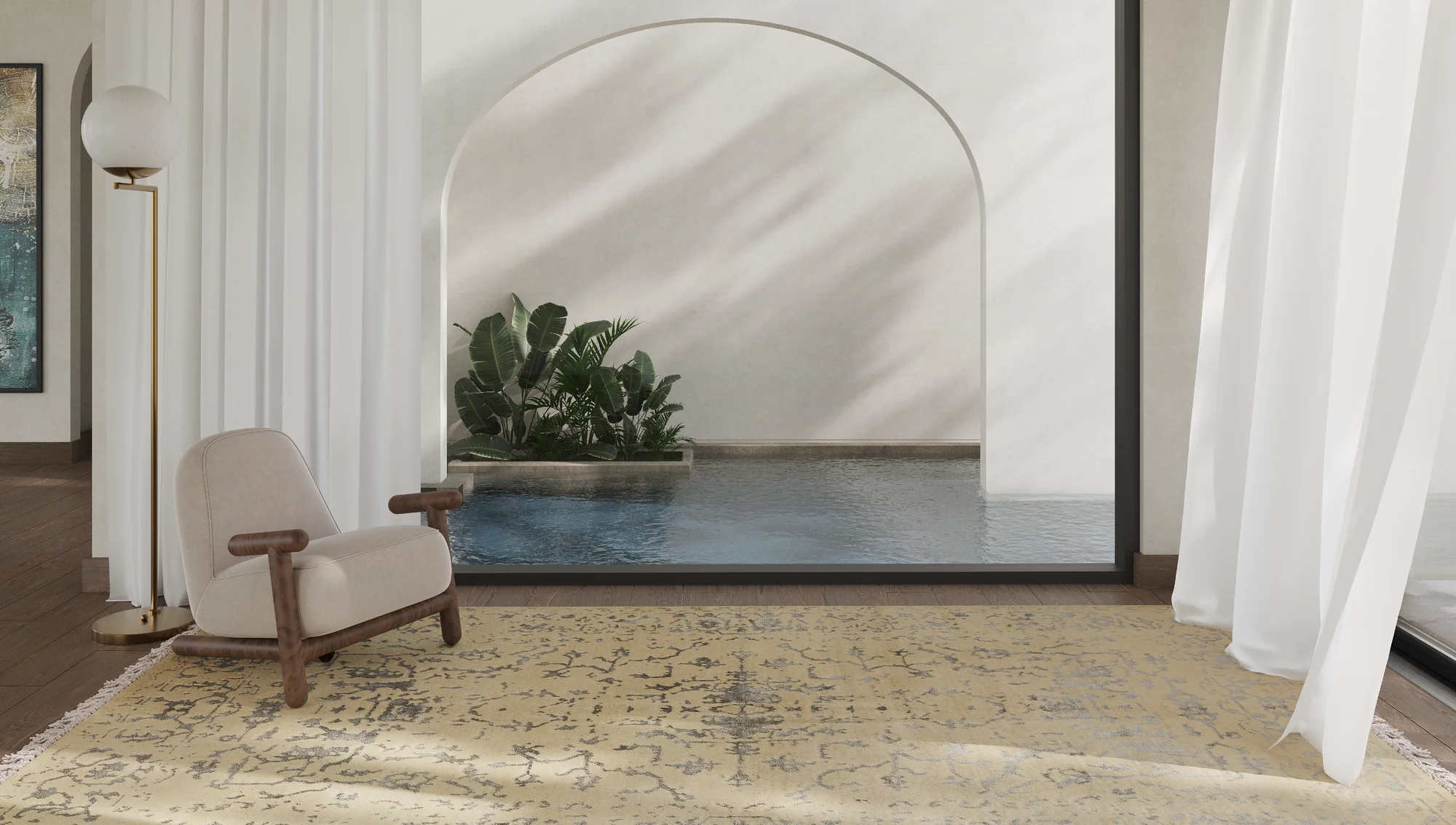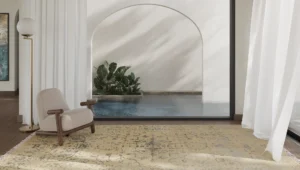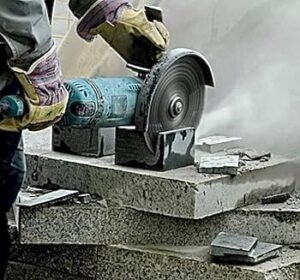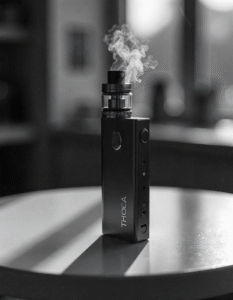The Art of Slow Living: Finding Balance in a World That Moves Too Fast
In the last decade, the pace of life has shifted into overdrive. Notifications never stop buzzing, “urgent” emails seem to breed overnight, and even leisure time has turned into a race to consume the next trending show before spoilers hit. We are, quite literally, living faster than ever. But amid this constant acceleration, a quiet counter-movement is growing — one that asks us to step back, breathe, and embrace what’s now called slow living.
Slow living isn’t about quitting your job, moving to a cabin, and raising chickens (though that’s one path). It’s about making intentional choices to reduce unnecessary rush, reclaim your attention, and align your daily actions with what actually matters to you.
Let’s explore what it really means — and how you can start, even in a busy modern life.
1. Why We’re Addicted to Speed
The modern economy runs on urgency. Same-day delivery, instant messaging, real-time news — all designed to remove waiting from our lives. While convenience has its benefits, it has also rewired our brains. We’ve grown to expect instant results in every area of life, and when things take longer, we feel frustration rather than patience.
The problem is, speed has a hidden cost.
When you rush through your day, your mind rarely lands in the present moment. You’re always reaching for the next thing — and that constant forward tilt keeps you from actually inhabiting your own life.
2. The Core Principles of Slow Living
Slow living doesn’t mean doing everything at a snail’s pace. It’s about doing things at the right pace. A slower rhythm allows for quality, presence, and connection — both with yourself and with others. Here are the core ideas:
-
Intentionality over autopilot – You pause before saying yes, you question whether something is truly necessary, and you commit only to what aligns with your priorities.
-
Depth over breadth – Fewer activities, deeper engagement.
-
Presence over distraction – Paying attention to the task or person in front of you, rather than half-engaging while your mind races ahead.
-
Sustainability over burnout – Setting a pace you can maintain without running yourself into the ground.
3. How to Start Slow Living (Without Quitting Your Job)
You don’t have to burn your old life down to embrace a slower one. Here are practical entry points:
Start with your mornings
Most people begin the day in reactive mode — scrolling, replying, rushing. Instead, create a quiet, intentional morning ritual: coffee without a phone, ten minutes of reading, or a walk outside before you open your inbox.
Reclaim single-tasking
Multitasking feels efficient, but it’s usually a productivity mirage. Try cooking without the podcast, working without ten browser tabs, and truly listening when someone speaks. Single-tasking trains your mind to focus and deepens your enjoyment of small things.
Set boundaries with technology
Turn off non-essential notifications. Check messages in batches instead of every time your phone lights up. Choose one evening a week to be “offline” entirely.
Practice saying no
Every yes is also a no to something else — often your own rest or creative space. Before committing, ask: Will this add meaning, or will it add noise?
4. The Role of Environment
Your surroundings directly influence your pace. A cluttered space can subtly push you into mental overdrive, while a calmer environment invites you to slow down.
-
Declutter your most-used spaces — even a clear desk or kitchen counter can make a difference.
-
Add natural elements like plants, sunlight, and fresh air.
-
Design your home so it encourages the activities you want more of (a reading chair with a blanket, a kitchen counter ready for cooking fresh meals).
5. Slow Living in Relationships
We often carry our speed obsession into our relationships without realizing it. Conversations become quick check-ins. Texts replace face-to-face time. Slow living in this area means being fully present — asking deeper questions, listening without rushing to respond, and creating unhurried moments together.
This can be as simple as:
-
Long, device-free dinners
-
Walks without a destination
-
Sitting with a friend in comfortable silence
6. The Mental Health Payoff
The modern mental health crisis is complex, but one contributor is the relentless pace of daily life. Slowing down offers space to process emotions, reflect before reacting, and reduce chronic stress. Over time, this can lead to:
-
Lower anxiety
-
Better sleep
-
More creative thinking
-
Stronger emotional resilience
7. When Slow Living Feels Impossible
It’s worth acknowledging that not everyone has the privilege to fully choose their pace — financial realities, caregiving duties, or demanding work can make it harder. In those cases, the goal is micro-moments of slowness. Five minutes of deep breathing before bed, a mindful cup of tea, or a few pages of a book in the morning can still shift your mental state.
Remember: slow living isn’t about the quantity of free time, but the quality of attention you bring to the time you have.
8. A Long-Term Shift, Not a Weekend Project
One mistake people make is treating slow living like a short detox before returning to “normal life.” But it works best as an ongoing mindset shift. Over time, you’ll notice your tolerance for chaos decreases — not because you’re less capable, but because you’ve realized you don’t need to accept it as your baseline.
9. Final Thoughts
In a culture that idolizes speed, slowing down can feel rebellious. You’re choosing to step out of the race, not because you can’t keep up, but because you’ve realized there’s more to life than winning a race you never signed up for.
Slow living invites you to savor your mornings, engage fully with conversations, notice the changing light in the afternoon, and reclaim ownership over your days. It’s not about doing less for the sake of less — it’s about making room for more of what matters.
So perhaps the real question is: If you stopped rushing, what might you finally notice?












